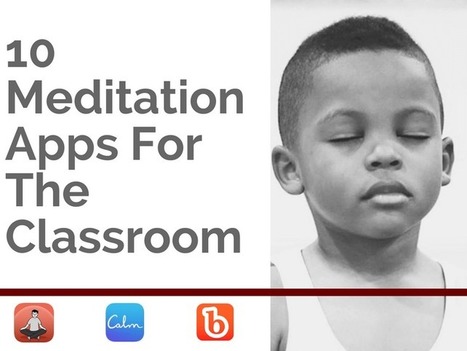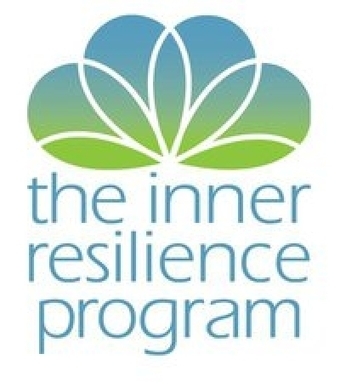Although it’s difficult to change the way the (school) system operates, it is possible to adjust how you operate within the system. Introducing meditation and mindfulness techniques in the classroom not only allows you to create a calmer environment, the practice has proven to have verifiable benefits on the human brain.
A 2011 Harvard study of MRI images showed a thickening in the cerebral cortex (an area responsible in part for attention and emotional integration) in meditation participants in as little as 8 weeks. So, it’s more than a good habit and some quiet time in the classroom, you may be helping the brains of your students develop even more than you realize.
Where do you even begin teaching meditation when you may not be familiar with the practice yourself? Although it seems like an incongruous match, this is yet another area where technology steps in to make learning convenient, and a variety of apps offer options for every age, ability, and amount of available time. Here are a few to experiment with as you get started.
Via John Evans



 Your new post is loading...
Your new post is loading...










